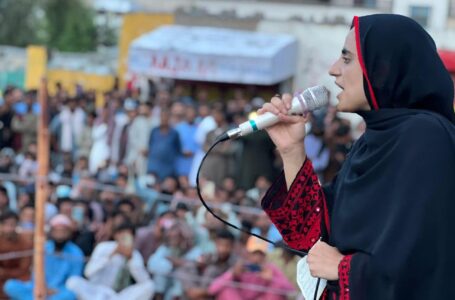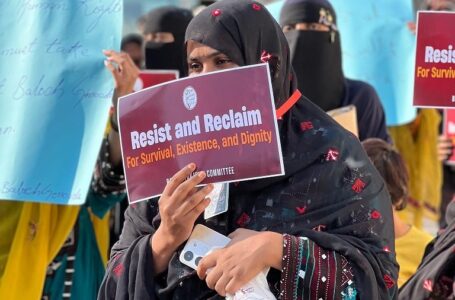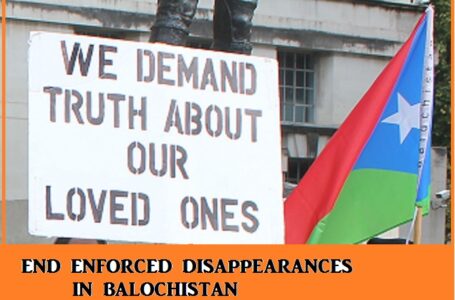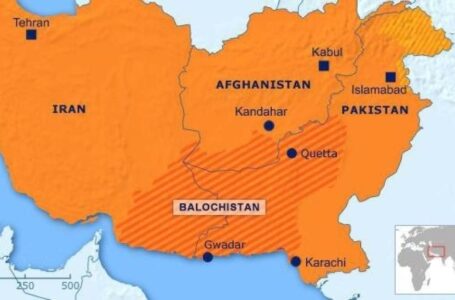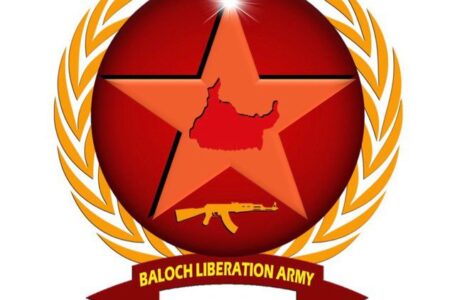Baloch Students’ Forced Disappearances on the Rise: BSAC Demands Immediate Action
Baloch – the people the world forgot

By Vikram Sood
Open source data compiled by the New Delhi-based South Asia Terrorism Portal in 2014, listed recovery of 153 bullet-riddled bodies in Balochistan as against 39 in the previous year. Most of these were recoveries from three mass graves in the Khuzdar district in southern Balochistan, where Baloch separatism is stronger. These recoveries confirmed the assessment that a sustained campaign by the state’s covert agencies to target Baloch nationalists had been launched, which meant disappearances accompanied by a ‘kill and dump’ policy.
Killings since 2004 have been through its favourite terror groups, Lashkar-e-Tayyaba, and Lashkar-e-Jhangvi (aka Ahle Wal Sunnat Jamat) which primarily targeted the Shia Hazaras, Tehrik-e-Taliban Pakistan as well as Ahrar-e-Hind (pompously describes itself as the Liberators of India). The usual technique has been to introduce religious fanatics into the process so that religious overtones make elimination of secular nationalists that much easier. Mama Qadir, a veteran Baloch, had led a long march last year from Quetta to Islamabad to highlight the nearly 19,000 disappearances since 2001, but there was no government response and there was little coverage of this effort.
The latest onslaught by government forces has been in many parts of the Awaran district. This was launched by Pakistan military using helicopter gunships and aerial support beginning on Eid (July 18). The operation was accompanied by a media blackout and there were massive casualties and abductions. According to reports filtering out from the locked-out province, more than 100 civilians, including women and children, have died early in the attack with the casualties expected to mount as more succumb to their injuries. The Baloch also fear that the military operation in the area will not be terminated until all evidence of the killings has been removed.
The campaign of Baloch nationalists gets muddied in the profitable business of protection money earned by the Frontier Corps from the coal mines in the Harnai and Zarkoon districts. There are 250 coal mines in Balochistan producing an estimated 188 million tonnes of coal. On any given day, the mines produce 4,000 to 5,000 tonnes and the FC pockets about a million rupees a day. These are the profits of war for the FC. Then there are copper mines, gas fields with the Chinese and Fauji Foundation interests in all the development projects.
If Twitter were the yardstick of modern-day communication then on my timeline, the largest number of tweets in the last few weeks was from the Baloch. In one representative day, at least 80-100 tweets feature with a rising graph in the days preceding August 11, the day Baloch nationalists describe as their Independence Day. Their tweets speak of their tragedy, sorrow and forlorn hope; of missing sons, husbands and fathers, torture and staged encounters. Above all, they speak of a yearning desire for independence.
Others too would also have received similar tweets and Facebook posts, many of which are addressed to politicians, newspapers and TV .Yet for some unknown reason, the Baloch get no attention in India media or think tanks or other discussion groups. Unfortunately, the Baloch have received little attention as the rest of the world is more involved with what is happening in West Asia and the rise of the ISIS. In the region itself, the US and the West are more concerned with pulling out of Afghanistan with some reputation of invincibility intact. Highlighting the plight of the Baloch would mean criticising Pakistan, on whom the West depends to extricate itself. It is much easier instead to assuage national conscience by talking of the Rohingyas because Myanmar enables the West the luxury to safely exhibit its human rights beliefs.
Current Western disinterest is in contrast to the time when in the mid-1940s, the British were agonising about ways to secure the interests of the Empire against Stalin after their departure from India. An unsigned British memorandum of May 19, 1948 mentioned that “The Indus Valley, western Punjab, and Baluchistan [the north west] are vital to any strategic plans for the defence of the important Muslim belt … the oil supplies of the Middle east.” Today, as the Chinese solidify their presence in Gilgit-Baltistan, bordering Xinjiang and Afghanistan, and control over Gwadar overlooking the entry to the Persian Gulf, the US seems to have ceded ground to the Chinese in this region.
Time will tell if the US is retreating or drawing the Chinese in to the quagmire. Neither is likely to give any solace to the Baloch.
The writer is a former chief of Research and Analysis Wing (RAW)
Courtesy: http://www.mid-day.com/articles/baloch—the-people-the-world-forgot/16469159



